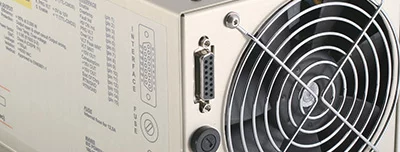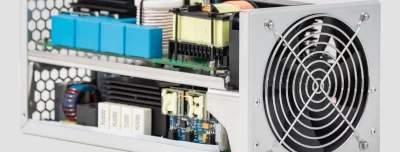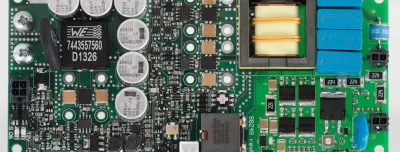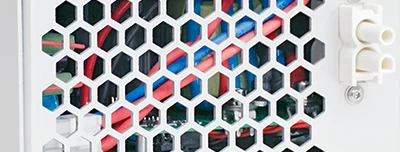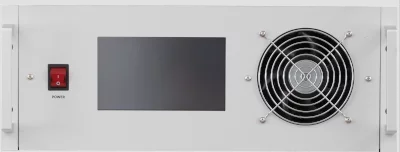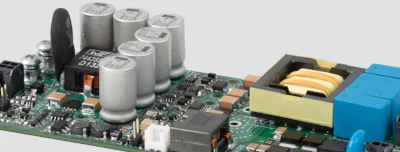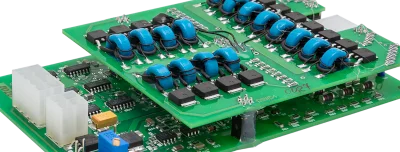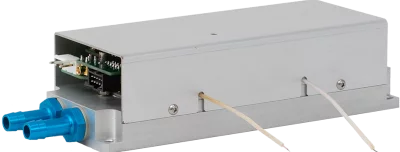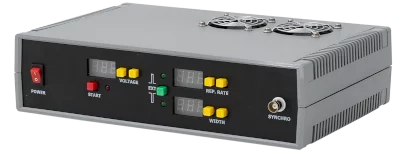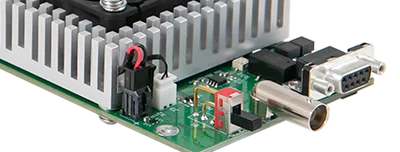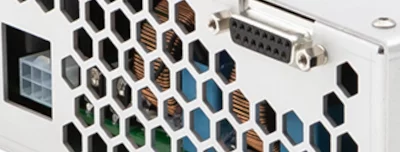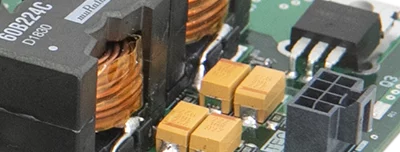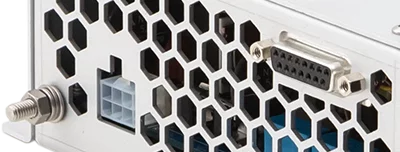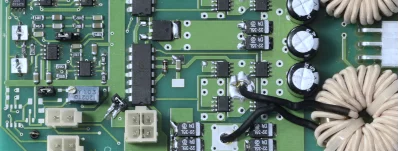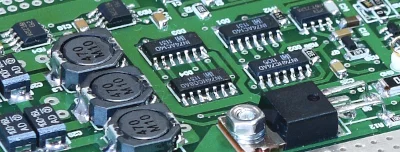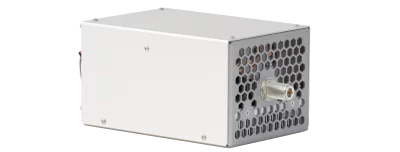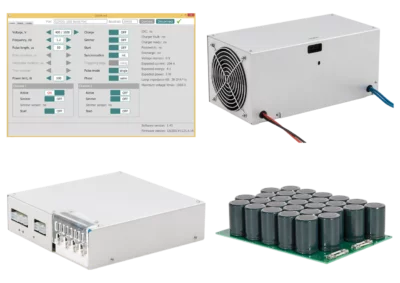Flashlamp drivers (embedded)
OEM Tech suggests several flashlamp driver solutions to form pulses on a flash lamp and provide simmer current during the interval between pulses. Complete flashlamp drivers in a case, supplemented with a capacitor bank and a control board inside, or flexible modular systems are available.
For figuring out pulse energy to the lamp, peak current, voltage on a lamp at the end of pulse, please, referr to our calculator page
FLD-nano is a low power (up to 100 W) compact but powerful flashlamp driver designed for air-cooled flashlamps. Driver’s major features are:
- 24 V DC input
- Average output power – up to 100 W
- Up to 1000 V output voltage (to capacitor bank)
- External triggering, no simmer
FLD-mini is a low power (up to 700 W) all-in-one flashlamp driver specially designed to pump Nd:YAG-like solid-state lasers. Driver’s major features are:
- 24 (48) V DC input
- Maximum output power – 300 W (up to 700 W)
- Maximum output voltage – 450 V
(optional 350/500/700 V) - Embedded 2 mF capacitor bank
(or less, model dependent) - Flashlamp trigger and simmer circuits
- RS-232 machine interface (RS-485 on request)
- PCA-series capacitor charging power supply (1 kW, 2 kW or 4 kW)
- CB-series boards combined into a capacitor bank
- One or two NBU-1012 discharge circuits
- LSCB controlling board (RS-232 or RS-485 interface)
- PC software
- Auxiliary power supplies, interconnection cables, etc.
LSCB is a control board, which provides parameters control and coordinated operation of power modules by OEM Tech to drive laser or IPL system flashlamp(s). By default, LSCB supports the next devices:
- One capacitor charger of PCA-series
- One or two NBU-1012 discharge circuits (four channel version is available on request)
- One Pockels cell driver of QBU-series
- Minor features like IDC, footswitch, synchro input and outputs
Base interface is RS-232 (RS-485 on request). Simple PC software is supplied together with the module.
